Introduction
Cronin et al. developed the Polycystic Ovary Syndrome Quality of Life Questionnaire (PCOSQ) in 1998 to assess the impact of PCOS on women’s quality of life, earning over 1,000 Google Scholar citations (Cronin et al., 1998; Jones et al., 2004). For instance, its focus on PCOS-specific issues like hirsutism and infertility makes it a go-to for gynecologists.
This guide explores the PCOSQ’s features, applications, and clinical value, equipping researchers and clinicians with insights to enhance PCOS management. Specifically, we cover its structure, validation, and practical uses in gynecology and endocrinology research (Wright et al., 2024).
Key Features of the Polycystic Ovary Syndrome Quality of Life Questionnaire (PCOSQ)
Purpose and Use
The PCOSQ measures how PCOS affects quality of life in women aged 18–45. Clinicians use it to guide treatment decisions, while researchers apply it in studies on PCOS-related health outcomes. For example, its emphasis on emotional and physical impacts helps tailor interventions, making it essential in women’s health.
Target Population
Developers validated the PCOSQ for reproductive-age women (18–45 years) with PCOS, including:
- Young Adults (18–24 years)
- Middle-Aged Adults (25–44 years)
It targets patients with PCOS, not adolescents or postmenopausal women, ensuring relevance in gynecology clinics and research settings. Therefore, it suits studies on PCOS phenotypes.
Questionnaire Details
Cronin and colleagues designed the PCOSQ with 26 items under the domains of Gynecology and Endocrinology. The sub-domains include:
- Emotions (8 items)
- Body Hair (5 items)
- Weight (5 items)
- Infertility Problems (4 items)
- Menstrual Problems (4 items)
Each item uses a 7-point Likert scale (0 = never, 4 = always), capturing issues like depression, hirsutism, and infertility. Thus, it offers a comprehensive view of PCOS-related challenges.
Scoring and Interpretation
The PCOSQ employs a 7-point Likert scale (0 = never, best condition; 4 = always, worst condition). Clinicians calculate subscale scores by summing answered items in each domain (Emotions, Body Hair, Weight, Infertility, Menstrual Problems) and dividing by the number of items answered. The total PCOSQ score is the sum of all answered items divided by the total items answered. Although no universal cut-off scores exist, higher scores indicate greater PCOS impact, guiding treatment prioritization. For instance, a high Emotions score may prompt psychological support.
Administration Format
The PCOSQ takes between 10 to 15 minutes to administer, making it highly efficient. It can be conducted via:
- paper-based forms
- digitally (online)
- in-person interviews
- phone/video call.
Applications of Polycystic Ovary Syndrome Quality of Life Questionnaire (PCOSQ)
The PCOSQ serves multiple roles in clinical practice and research:
- Screening: Clinicians identify patients with significant PCOS-related quality-of-life issues, signaling intervention needs.
- Monitoring: Researchers track changes in quality of life during treatments like hormonal therapy.
- Treatment Planning: Professionals tailor interventions based on subscale scores, prioritizing issues like infertility or depression.
- Research: Investigators use the PCOSQ in clinical trials to evaluate PCOS interventions, advancing evidence-based care.
For instance, a high Infertility score might lead a clinician to prioritize fertility treatments, while researchers analyze emotional impacts.
Other Versions
Developers created alternative versions:
- PCOSQ-50: A 50-item version for comprehensive assessment.
- MPCOSQ: Modified version including acne and sexual function domains.
These versions offer flexibility for specific research or clinical needs, addressing the original’s limitations.
Language and availability
Translators adapted the PCOSQ into multiple languages for global use, including:
- Arabic
- English
- Mandarin Chinese
- Spanish
- French
- German
- Japanese
As a result, its multilingual accessibility supports diverse clinical and research contexts.
McMaster University holds the PCOSQ’s copyright, offering it free for academic use with permission .Users must contact McMaster for licensing inquiries, especially for commercial use. However, its accessibility makes it practical for researchers, though permission requirements may delay use.
Reliability and Validity
Studies confirm the PCOSQ’s high reliability, with Cronbach’s alpha ranging from 0.70 to 0.97 across domains (Cronin et al., 1998). Researchers validated it for PCOS patients, ensuring robust psychometric properties. Moreover, its sensitivity to emotional and physical changes makes it a trusted tool for monitoring treatment outcomes. For example, its focus on PCOS-specific issues enhances its clinical relevance.
Limitations and Considerations
While the (PCOSQ) is a highly reliable tool, it does have some limitations:
- Self-report: Respondents may be influenced by social desirability bias or personal interpretation.
- Narrow Focus: It lacks domains for acne and sexual function, limiting its scope for some PCOS phenotypes.
- Outdated Structure: Developed before the 2003 Rotterdam Criteria, it may not fully reflect modern PCOS definitions.
- Social Desirability Bias: patients may underreport symptoms to appear socially acceptable.
Additional Resources
For more information on the PCOSQ and to access the full questionnaire, visit the following resources:
- Original Validation Study: study link
- Access (PCOSQ): PCOSQ PDF
- For inquiries, contact: McMaster University at https://research.mcmaster.ca/contact/
- Additional PCOSQ resources: Oxford Academic
Frequently Asked Questions (FAQ)
1. Who can use the PCOSQ?
Gynecologists, endocrinologists, and researchers use the PCOSQ for women aged 18–45 with PCOS.
2. How long does it take to complete the PCOSQ?
Patients typically take 10–15 minutes to complete the PCOSQ, feasible for clinical and research settings.
3. How is the PCOSQ administered?
Healthcare teams administer the PCOSQ via paper, digital, in-person interviews, or phone/video calls, offering flexibility.
4. Is there any cost to using the PCOSQ?
The PCOSQ is free for academic use with McMaster’s permission; commercial use requires licensing.
A word from ResRef about Polycystic Ovary Syndrome Quality of Life Questionnaire (PCOSQ)
The Polycystic Ovary Syndrome Quality of Life Questionnaire (PCOSQ) is a validated, disease-specific tool for assessing PCOS impact on quality of life, guiding clinicians and researchers in women’s health. Its focus on emotions, hirsutism, and infertility makes it ideal for tailoring interventions and advancing PCOS research, despite some limitations.
References
- Cronin, L., Guyatt, G., Griffith, L., Wong, E., Azziz, R., Futterweit, W., Cook, D., & Dunaif, A. (1998). Development of a health-related quality-of-life questionnaire (PCOSQ) for women with polycystic ovary syndrome (PCOS). The Journal of Clinical Endocrinology & Metabolism, 83(6), 1976–1987. ePub June 1998. Doi:10.1210/jcem.83.6.4990 PMID: 9626128. link
- Jones, G. L., Benes, K., Clark, T. L., Denham, R., Holder, M. G., Haynes, T. J., Sills, E. S., & Pal, L. (2004). The Polycystic Ovary Syndrome Health-Related Quality of Life Questionnaire (PCOSQ): A validation. Human Reproduction, 19(2), 371–377. ePub January 2004. Doi:10.1093/humrep/deh048 PMID: 14747184. link
- Wright, P. J., Tavakoli, S. A., & Corbett, C. F. (2024). PCOS health-related quality-of-life and depressive symptoms across the lifespan: Comparative study. Journal of Women & Aging, 36(1), 45–60. ePub July 2023 doi:10.1080/08952841.2023.2230112 link


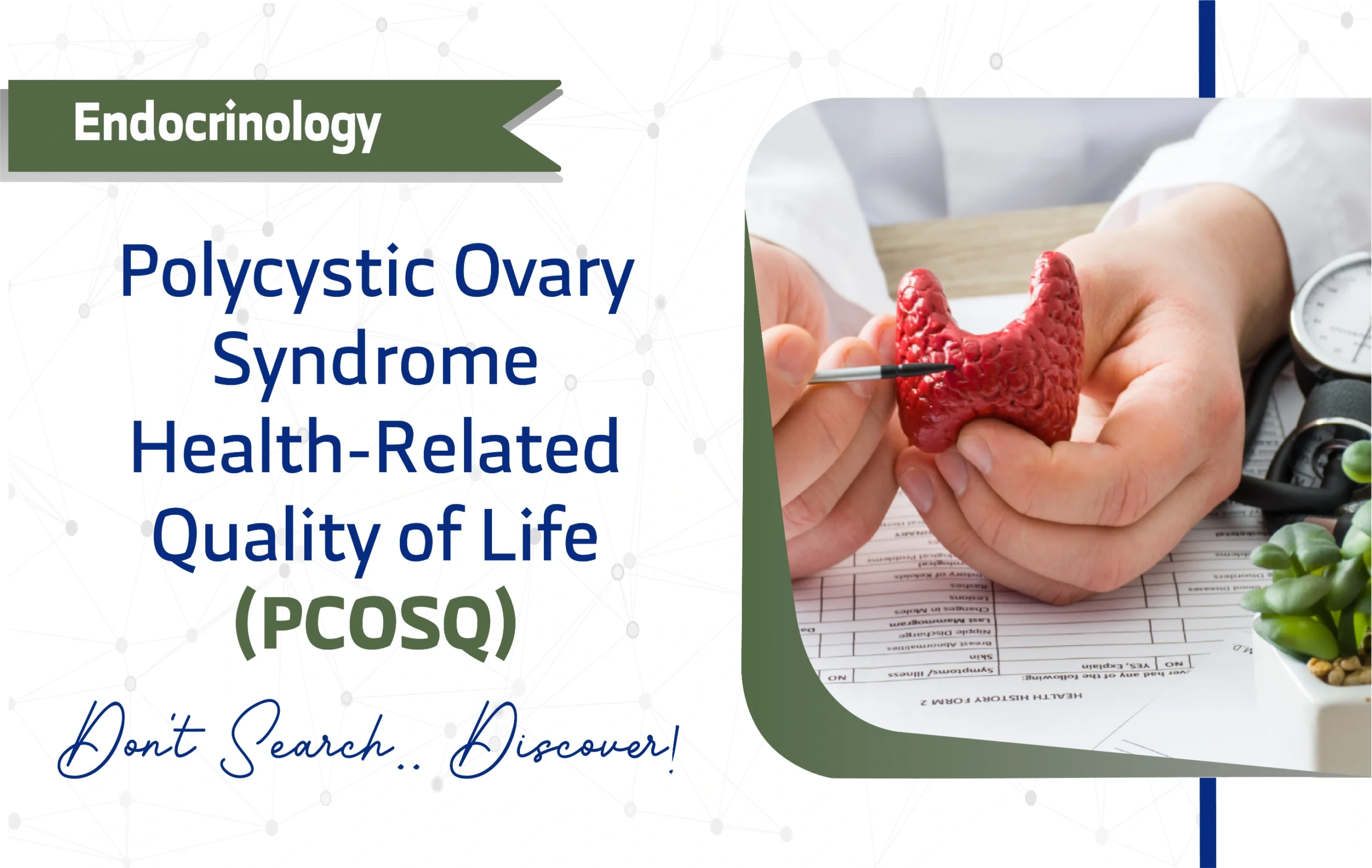
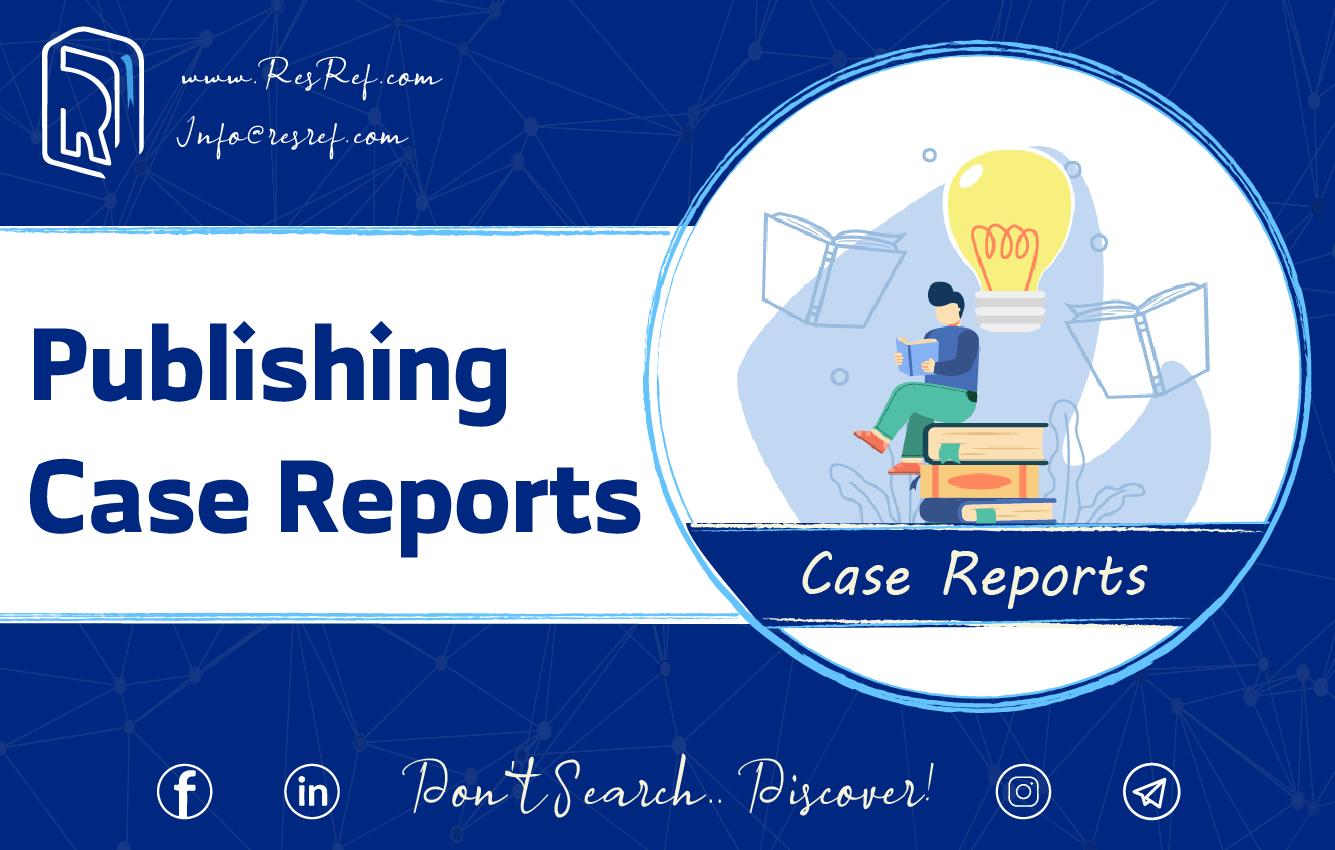
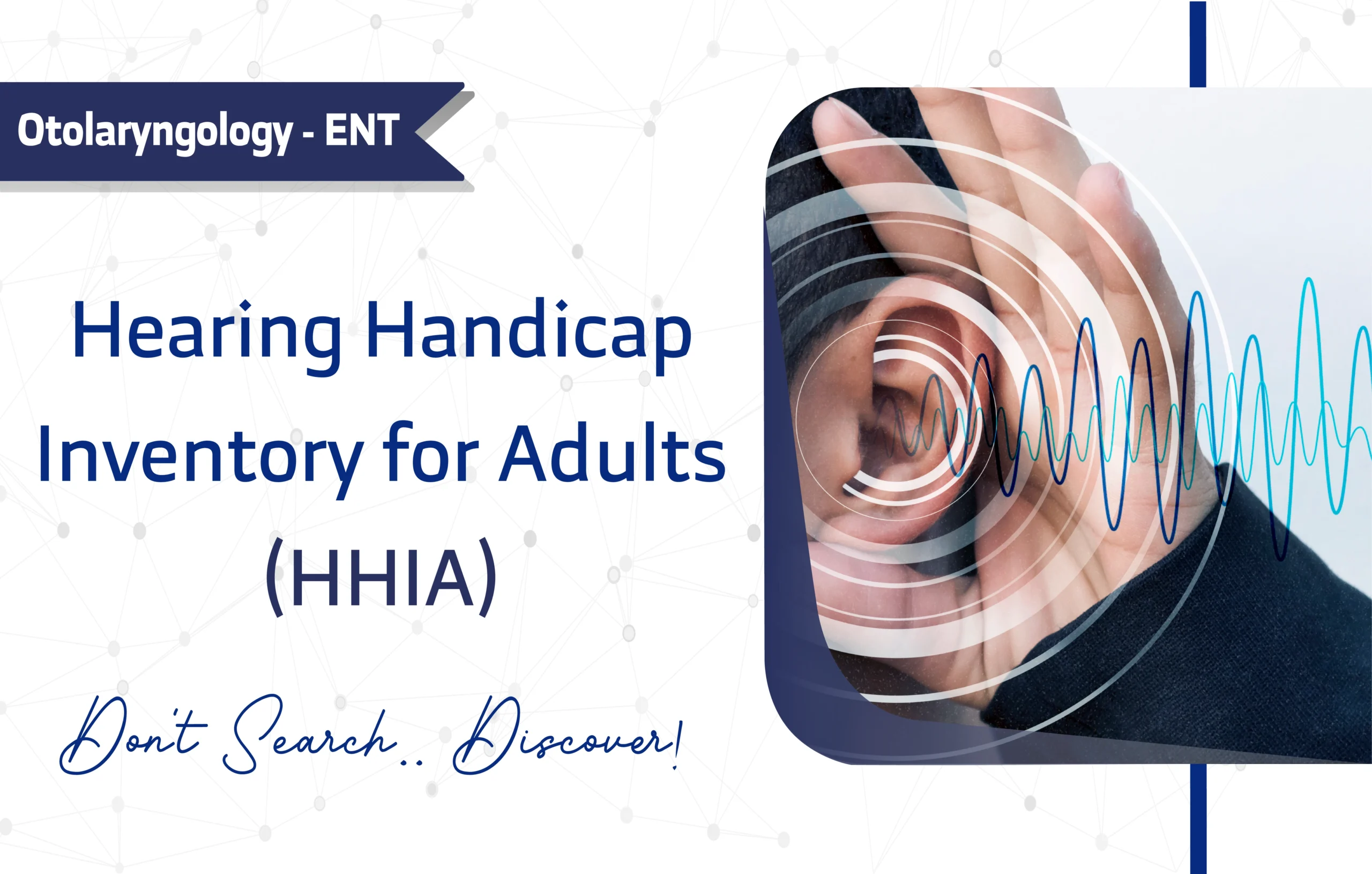
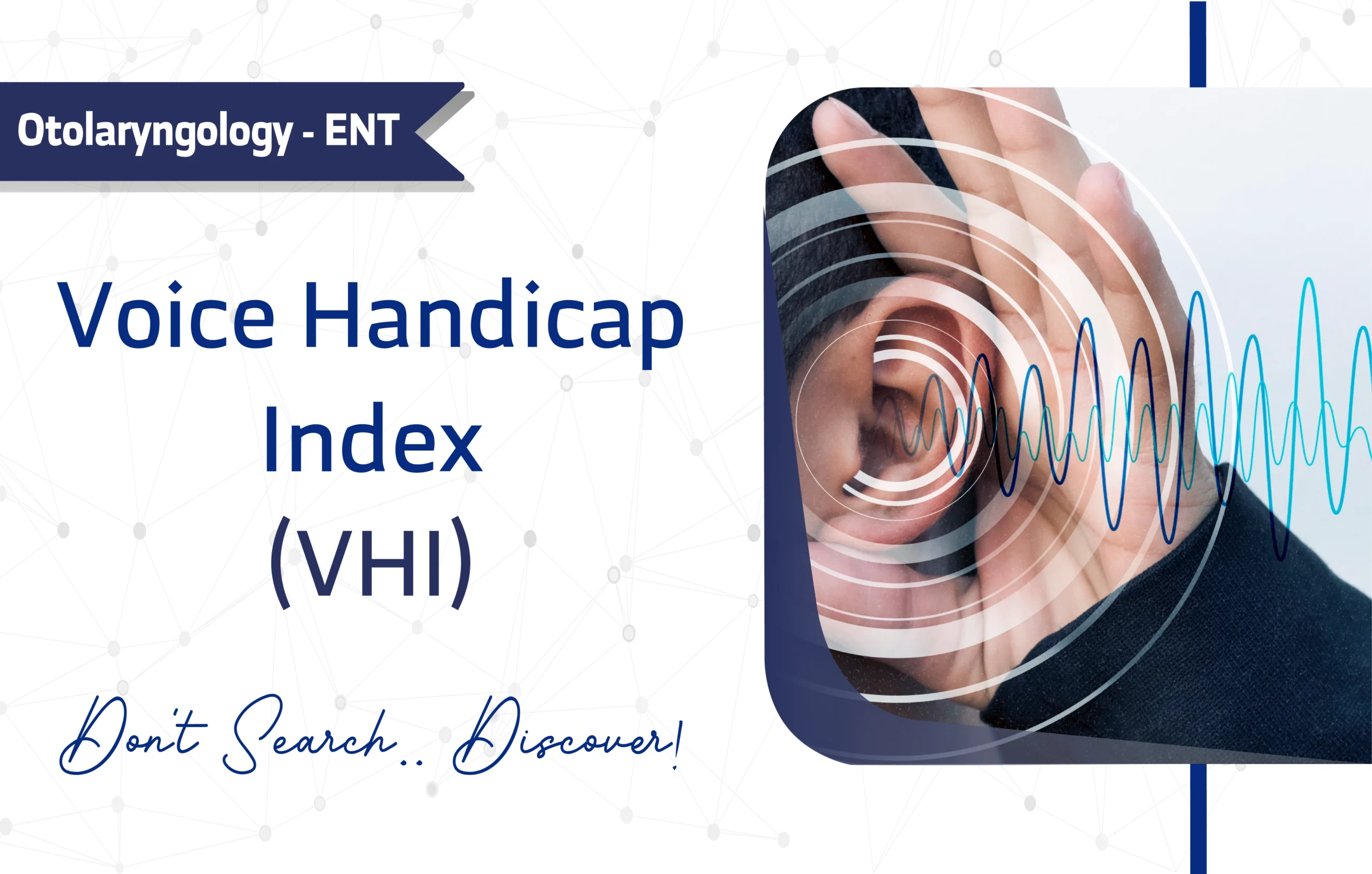
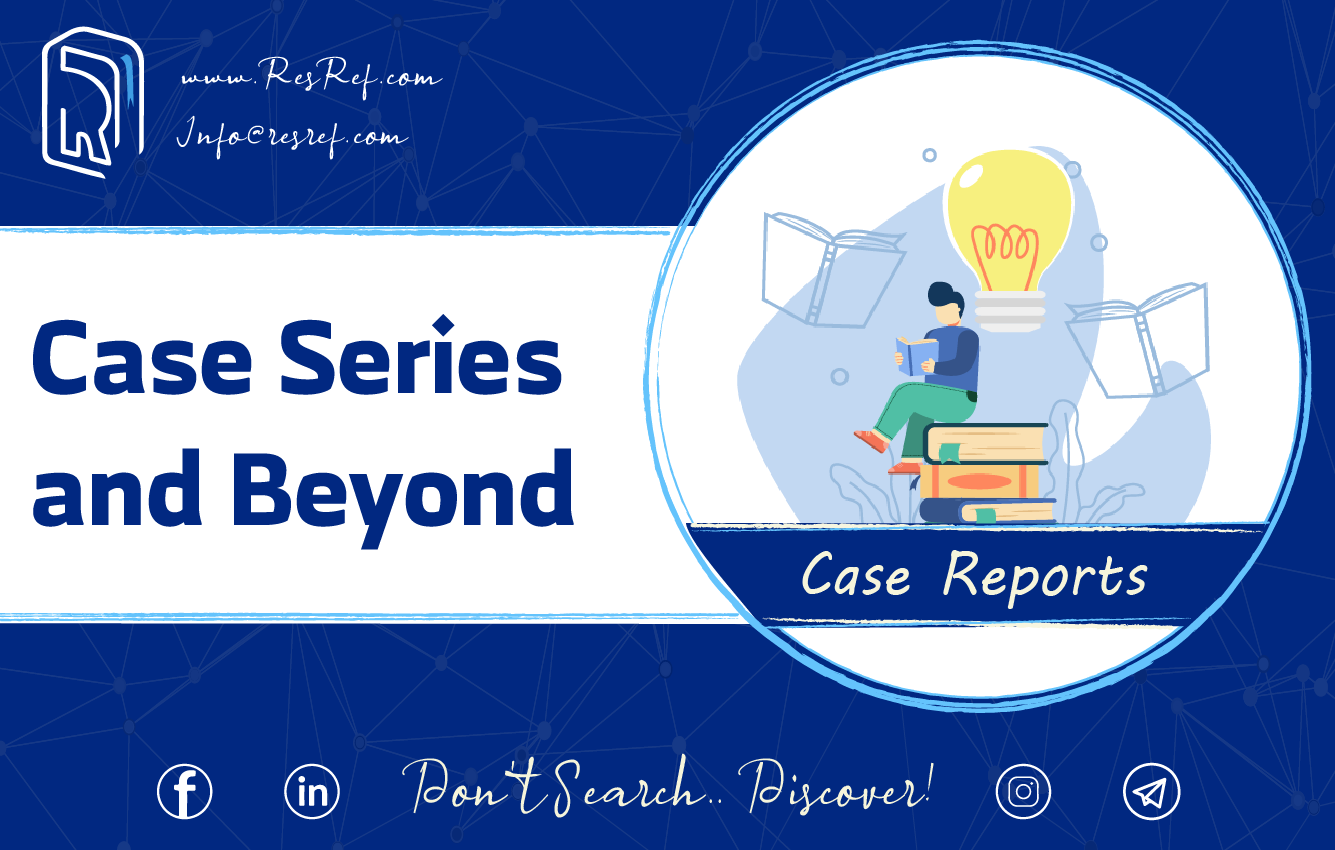

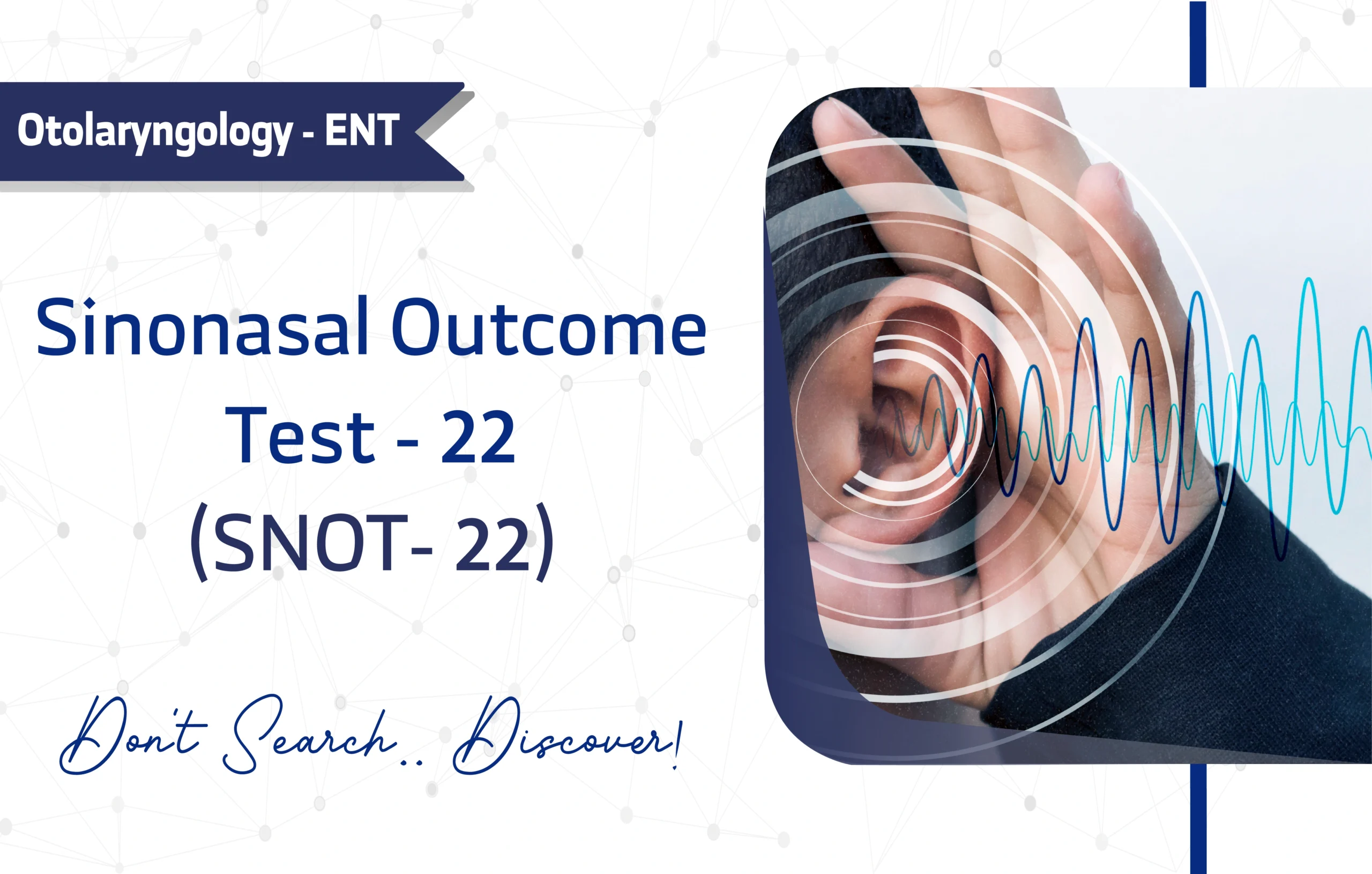
1 thought on “Polycystic Ovary Syndrome Quality of Life Questionnaire (PCOSQ): A Full Guide for Researchers and Clinicians.”
The way this post breaks down each part of the topic is impressive, clear, logical, and very professional.